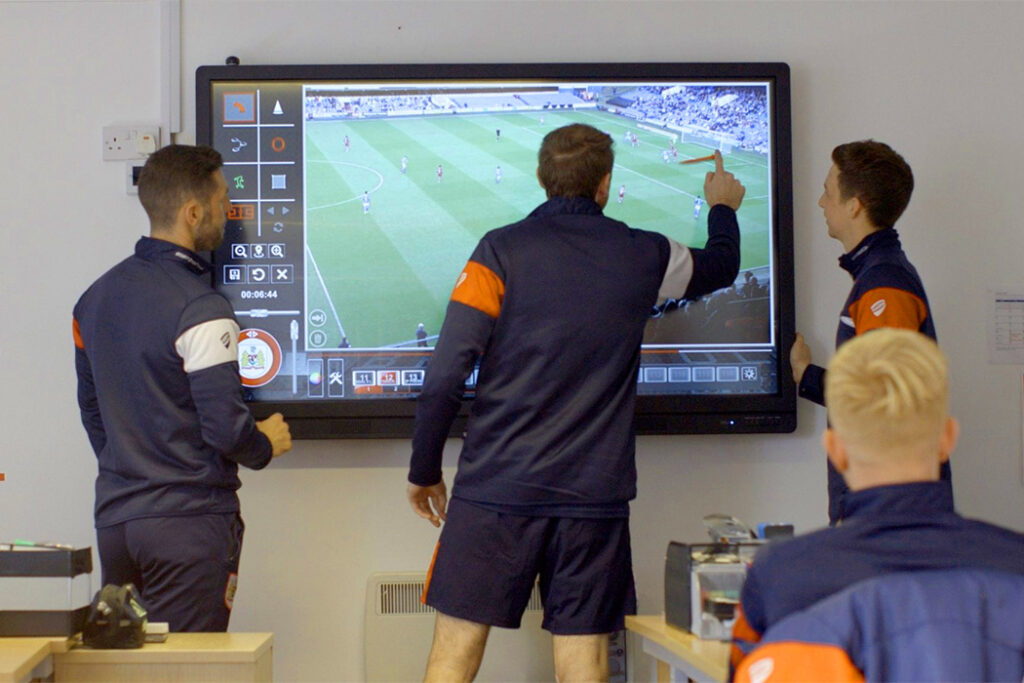Video is now a non-negotiable tool in the the modern coaching process. Whether it’s post-game review, live feedback or opposition analysis, more and more teams are doing it. Cameras and analysis software now come at extremely affordable prices, and as the modern player has evolved to learn in different ways, so must the modern coach.
Here’s some key principles of an effective video session given to us by the professionals who contribute to our courses:
Don’t make it longer than it needs to be
Remember it’s about the players and not the coach. If you’ve got 6 or 7 clips of a similar event it’s a great sign you’re showing something relevant. But most players, especially at a young age have a short attention span. In this case fewer clips will get the point across just fine, especially if it’s negative.
The last thing you want is players seeing video sessions as a time where their weaknesses are highlighted in front of the team. If you feel like they have to see all of these instances, then do it privately.
Here’s Philidelphia Union Head Coach Jim Curtin on video sessions:
Players respect organized sessions
There’s nothing better than arriving at training with a well planned out session already set up on the field. It’s even better when the session transitions smoothly from drill to drill and there’s clearly been some planning and thought from the coach.
Video sessions should be no different, and everything you do reinforces the culture you create as the leader of a group. Clips out of order, problems rewinding or forgetting your coaching points will all undermine the overall message. If you’re going to spend time planning a field session then video should be no different.
You’ll notice a huge difference in the engagement of your players.
Control the controllables
Take ownership of the things you can control about video sessions. No coach would be okay with people walking on the field during a session or shouting things from the sidelines, so don’t accept it in your video sessions either.
A simple sign on the door will stop people entering the room, and do your best to make people aware there’s a video session inside so they keep the noise down. Close the blinds to avoid glare on the screen and avoid distractions from outside. The small details make a big difference.
Keep your message consistent
If you’re doing video it means you’ve spent some time finding some learning opportunities for your players. We’ll also assume you’ve some coaching points relating to these clips. Make sure you stick to them and your message is clear. Be prepared for questions from players, and don’t just commentate on what’s happening, because that isn’t coaching!
Involve the players
This was the strongest piece of advice coming from the analysts and coaches. Players learn quicker and enjoy the sessions if you involve them. Ask questions, facilitate constructive debate and if at all possible make the session interactive.
Can you ask players to come to the front and point to the screen? Even better, project onto a whiteboard and give them a pen!
Video feedback is covered extensively in our courses designed and delivered by professional Coaches & Analysts. Find out more here.










